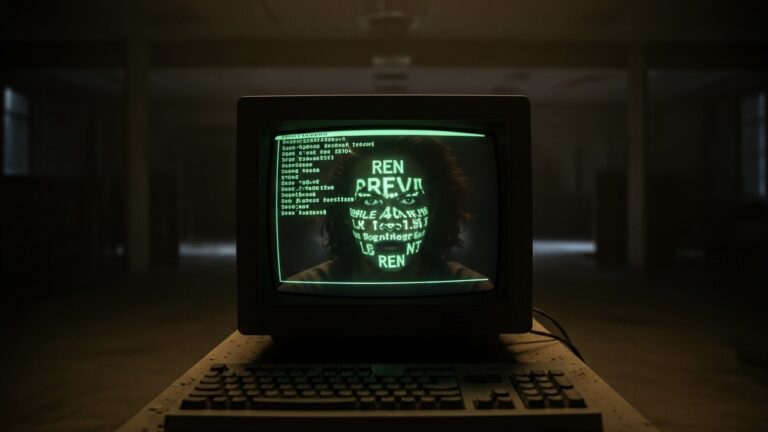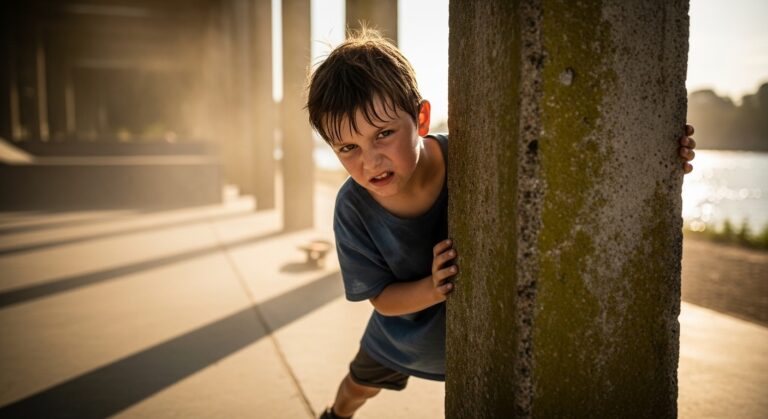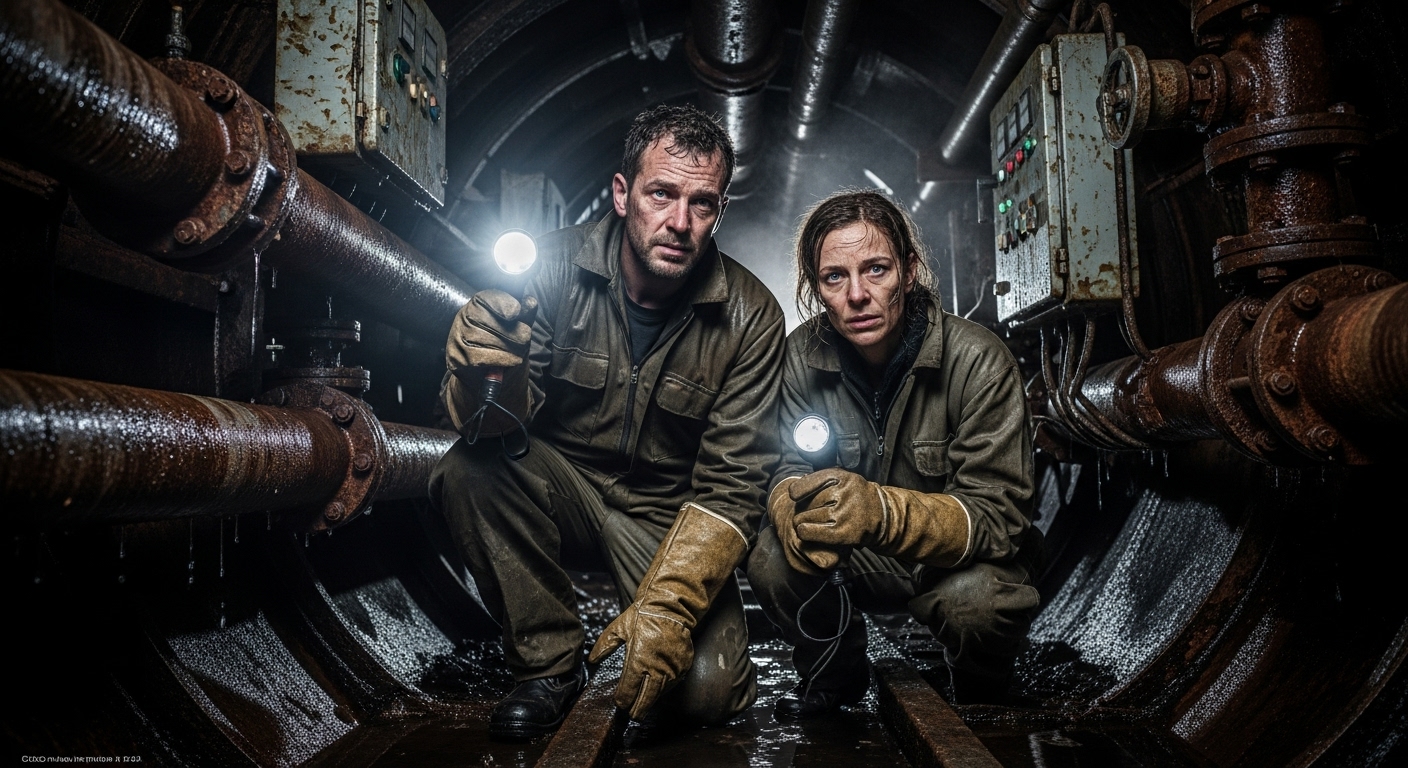
Transforming static virtual galleries with AI-driven environmental simulations. This project deepens our expertise in merging art and technology, resulting in rich, interactive spaces that engage and captivate.
Virtual galleries are transcending traditional boundaries, evolving from static displays into mesmerizing, interactive sanctuaries where art and technology dance in perfect harmony. Embracing advanced environmental modeling and simulation, artists are now able to curate spaces that respond dynamically to visitors, creating an immersive experience that breathes life into every corner of the gallery. This fusion of creativity and cutting-edge technology is revolutionizing how we experience and engage with art, turning virtual spaces into vibrant, living canvases.
This winter, we’ve been exploring the digital arts and introducing how simulation systems work, with a particular focus on creating adaptive environments for online and virtual exhibitions. It’s a great opportunity for both traditional artists who don’t work with technology, and those who do. And it’s a lot more than just using OpenAI ChatGPT.
Environmental simulation, powered by AI, allows artists to sculpt intricate landscapes that respond in real-time to visitor interactions and environmental changes. This technology enables the creation of lush terrains, dynamic weather patterns, and immersive soundscapes that adapt to the evolving narrative of the exhibit. In simulating realistic natural elements, artists can craft spaces that feel alive and responsive, inviting visitors to explore and interact with the environment in meaningful ways. This level of interactivity fosters a deeper engagement with the art, as the surroundings themselves become an integral part of the storytelling process.
Artificial Intelligence (AI), thanks to the OpenAI Researcher Access Program, serves as a creative engine behind these dynamic environments, enabling realistic day-night cycles and responsive lighting that adapt seamlessly to the passage of time. During the day, sunlight gently filters through meticulously crafted trees, casting soft, moving shadows that create a tranquil ambiance and highlight the artworks with natural illumination. As evening descends, the sky transforms into a breathtaking palette of golds and indigos, while stars begin to twinkle, adding layers of depth and wonder to the virtual landscape. This fluid interplay of light and shadow not only enhances the visual storytelling but also evokes profound emotional responses, making each visit to the gallery a unique and captivating experience.
Creating such intricate and responsive environments demands a seamless blend of artistic vision and technical expertise. It introduces this year’s artists to the world of 3D modeling, real-time rendering, and AI integration, learning tools and techniques that can bring their creative concepts to life. This kind of multidisciplinary approach is helping to create a kind of virtual gallery that is both functional and intuitive, allowing visitors to navigate and interact in new and different ways. From designing lifelike landscapes and ambient lighting to implementing interactive elements that respond to the viewer’s presence, every aspect of the project integrates a spirit of modern digital artistry. What’s also useful is that the modules developed through this project are replicable and can be re-used to create additional virtual galleries and environments in the future, faster and with less effort.
It’s also about internship and mentorship. The journey from conception to realization in developing this year’s virtual gallery project highlights the importance of iterative design and comprehensive project management. Each element—ground textures, vegetation placement, lighting configurations, and interactive exhibits—is planned and refined to help create a cohesive and captivating environment. AI technologies enhance this process by providing tools that streamline workflow, offer predictive insights, and enable real-time adjustments, which helps make sure that our final product will be both innovative and cohesive. It’s a forward-thinking methodology where virtual galleries become dynamic platforms for artistic expression, where art is not only viewed but more deeply experienced.
A heartfelt thank you goes out to the OpenAI Researcher Access Program for their invaluable support and resources, which have been instrumental in pushing the creative and technological boundaries of our virtual gallery projects. This support exemplifies the beautiful synergy between art and technology, showcasing how AI can amplify creative potential and transform our interactions with art. As creators continue to explore and innovate, the integration of environmental modeling, simulation, and AI promises to unlock new dimensions of creativity, transforming virtual galleries into expansive worlds of exploration, habitation, and inspiration.
These digital sanctuaries are not just places to view art but immersive habitats where creativity thrives and endless discoveries await.
About our Winter 2025 program
Our fall and winter 2025 program in Winnipeg, Manitoba, is focused on exploring the intersection of digital skills, storytelling, creative entrepreneurship, and leadership in the arts. We’re dedicated to equipping artists with the tools and knowledge to navigate the evolving digital landscape, empowering them to bring their creative visions to life in new, innovative ways. This program is a space for collaboration and growth, where artists can sharpen their digital skills, explore the potential of emerging technologies, and build the leadership capabilities needed to drive their own creative ventures forward. This year’s program activities are supported by the OpenAI Researcher Access Program and the Manitoba Arts Council. We meet every week in person and virtually and all are welcome. To join us, contact us at info@artsincubator.ca







